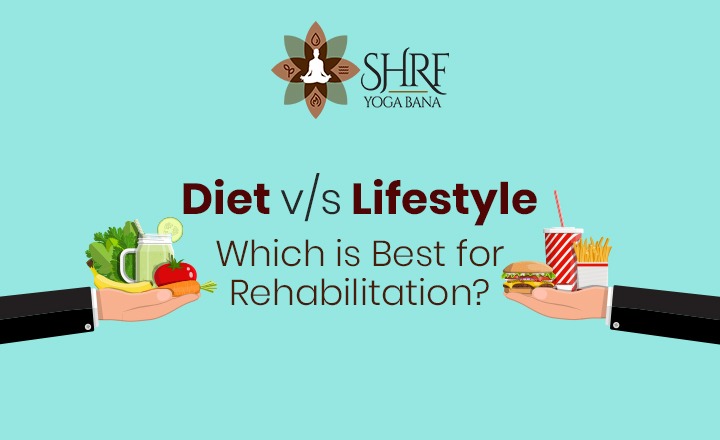Every person, at some point in their lives, suffers from either physical or mental trauma. And to recover from such a state, they need a set of interventions designed to improve their physical and mental well being, also called rehabilitation.
To put it simply, rehabilitation can help any person of any age to heal back to their normal state by making some necessary changes in their everyday life. It is done so by addressing the very cause of the distress like pain, injury, mental trauma and taking actionable steps to support and help them in their healing process.
Rehabilitation is highly person-centric and can be different for different people. Some may need more physical activity like walk therapy, exercise, while others may need activities to improve their mental health like talk therapy, meditation and yoga. Nevertheless, a combination of dietary and lifestyle changes are required for the best outcome.
Importance of Diet in Rehabilitation
Studies have shown that improper diet can be detrimental to both our physical and mental well being. Our body needs a constant supply of nutrients to maintain a flow of energy and work efficiently.
In case of trauma, the nutritional needs naturally increase to nurse the body back to health. Therefore, it is crucial to follow a healthy diet during the process of rehabilitation.
Consuming at least 5 portions of fruits and vegetables provides an ample amount of energy to the body. Whole grains, fruits, vegetables, legumes and nuts have high nutritional value and boost the production of the hormone serotonin that is responsible for happiness and content.
Also, food items like berries and nuts have antioxidants and anti-inflammatory properties, which tend to heal damaged tissues and improve the physical condition of an individual.
Importance of Lifestyle in Rehabilitation
Despite making necessary dietary changes, one cannot fully recover without changing one’s lifestyle. Lifestyle changes shouldn’t just include physical exercise but also mechanisms that help to cope with stress, pain and other aspects of distress.
Some activities to incorporate into your daily lifestyle are:
●Yoga Therapy – Yoga helps in managing stress and relieving pain. Whether you’re recovering from surgery, illness or chronic mental distress, yoga is bound to improve your physical and mental state. Patients recovering from diseases like arthritis, heart illness and lethargy are advised to perform yoga every day.
●Music Therapy – There are many roads to recovery in rehabilitation and one of which is music therapy. Music, when paired with daily activities like taking a walk or doing other menial chores, improves a person’s mood and creates a sense of fulfilment.
●Movement Therapy – It includes movement at a rhythm that creates a trance state, giving our mind a chance to explore itself. Activities like jogging, fast-paced walking and cycling also build lower body strength and increase energy.
To conclude, healing in whichever form is a combined process that requires both dietary and lifestyle changes to have a better impact. One cannot work without the other. Hence, we should focus on consuming a nutritious diet while also practising healthy lifestyle habits.
